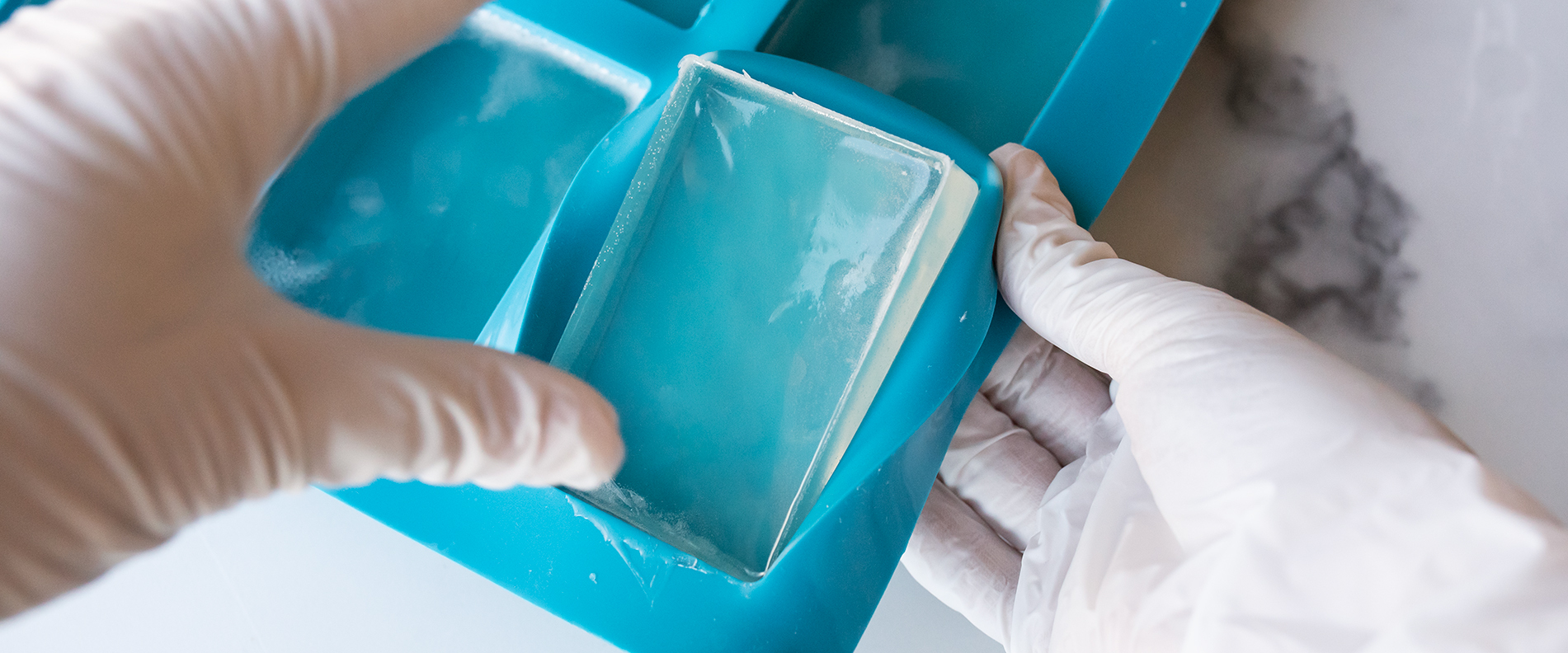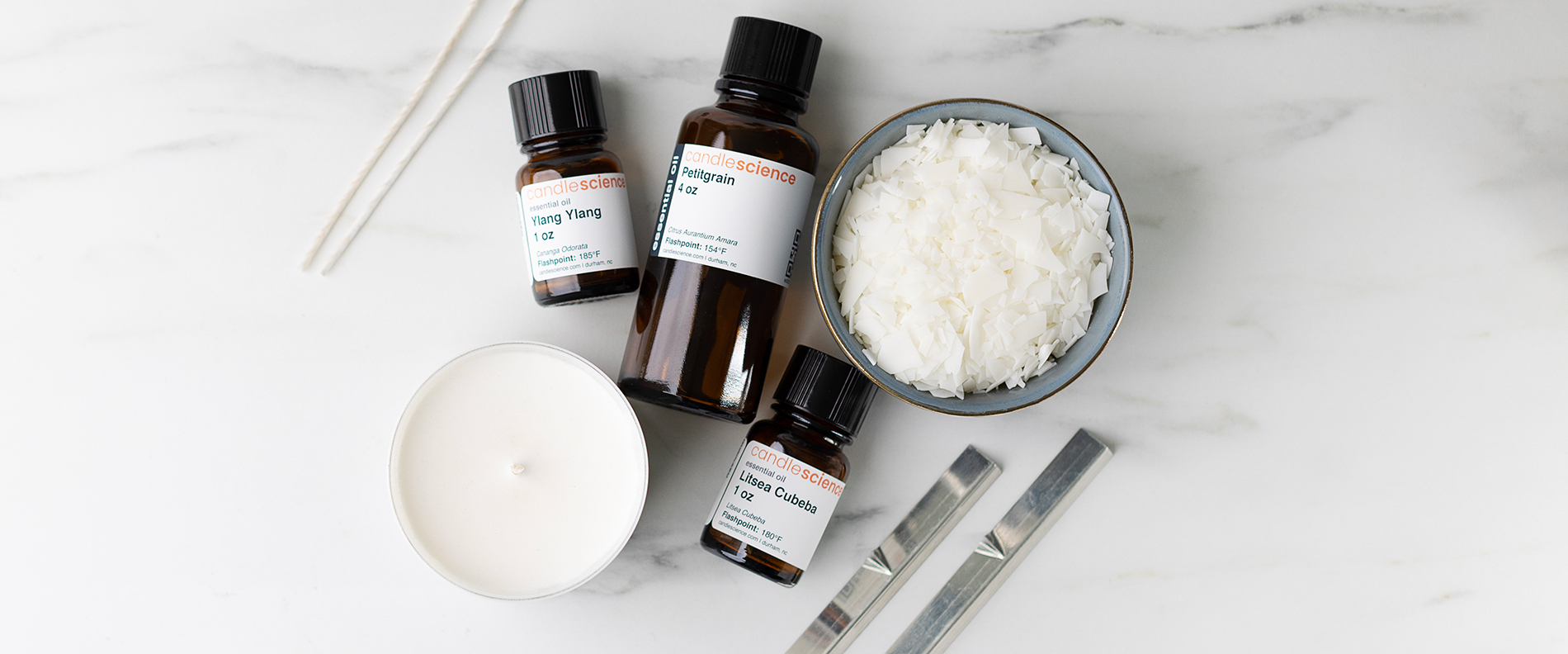Cosmetic, Soap, or Drug: Intended Use and Product Classifications How to confidently market your products according to U.S. regulations.

In the United States, companies must follow certain regulations when labeling, marketing, and promoting products. If you sell cosmetics or soap, it's important to understand how your products are regulated and which claims you’re permitted to make.
Let’s start with a few examples of general, cosmetic, and drug claims.
General Claim Examples
- Refreshing
- Invigorating
- Nourishing
- Smoothing
Cosmetic Claim Examples
- Moisturizing
- Exfoliating
- Brightening
- Hydrating
Drug Claim Examples
- Sleep Promoting/Sleep Aid
- Soothes Skin
- Relieves muscle pain
- Anti-inflammatory
Why should you care?
Each type of claim impacts how your product is regulated. Generic claims like refreshing or invigorating don’t require any special labeling, but cosmetic and drug claims do require adherence to different sets of guidelines.
How are products classified?
Products are classified based on their intended use, which refers to the outcome one can expect from using your product.
Intended use is established through various factors, including the claims stated on product labeling, advertising or promotional materials, and online (including social media). The FDA also considers the product’s reputation and consumer perception, which means they consider claims made in the form of personal testimonials, product reviews, or social media comments when determining intended use.
Who regulates cosmetics and drugs in the United States?
The United States Food and Drug Administration (FDA) oversees and enforces cosmetic and drug regulations. They provide guidance on how products are categorized and what claims can be made about them.
Different regulations apply to different products and are based on the product's classification. Specifically, is the product considered a cosmetic, soap, or drug? In this article, we’ll focus on cosmetic and drug claims. But first, a quick word about soap.
Soap as soap (not a cosmetic or drug)
If you’re making cold or hot process soap, you have the option to label your products only as soap. However, this means you can’t use any cosmetic claims like moisturizing or exfoliating, or drug claims, like relieving eczema. Marketing your soap as soap is bare bones—it cleans, it's made with lye and fats/oils, and it cannot claim any benefits beyond cleansing.

Cosmetic products
Cosmetic products are regulated by the FDA. If a product's intended use includes beautifying, promoting attractiveness, adding fragrance, deodorizing, or altering the appearance of the human body, it's a cosmetic.
Common cosmetics include:
- lotion and moisturizer
- perfume
- lipsticks
- fingernail polishes
- eye and facial makeup
- soap, cleansers, shampoos, and conditioners
- massage oils
- deodorants
Promoting attractiveness and altering the appearance of the human body may seem like broad terms, but think literally to avoid confusion. One's appearance doesn't have to be altered drastically for it to be changed; many personal care products promote attractiveness in ways we don't typically consider "cosmetic" benefits.
A shampoo's intended use is to cleanse hair and leave the user with a more clean appearance; an exfoliator's intended use is to improve the appearance of the skin by reducing visible dryness or flaking; the intended use of perfumes and colognes is to leave a noticeable scent on the user, so they're considered to promote attractiveness.
Regulation and labeling of cosmetics
Many are surprised to learn that cosmetics don't require FDA approval before they are sold. However, the FDA does have the authority to take action against cosmetics they deem misbranded or adulterated. In addition, businesses must follow the FDA’s labeling guidelines for cosmetics.
Luckily, cosmetic labeling requirements are pretty straightforward and are outlined in easy-to-follow terms by the FDA. Reference the FDA's Cosmetics Labeling Guide for instructions on cosmetic labeling.
Drug products
Products intended for use in the diagnosis, cure, mitigation, treatment, or prevention of disease, or affect the structure or any function of the body, are considered drugs. Drugs are regulated more strictly than cosmetics, require FDA approval before being marketed or sold, and must be registered with the FDA. Because products are categorized according to intended use claims, it’s important to use caution when labeling, marketing, and promoting your products.
We don't sell any of our products—including essential oils—using drug claims, so we're unable to advise about the process of bringing drugs to market. For more information about selling drug products, see the FDA's How Drugs are Developed and Approved.

What's in a claim?
Now that you know how products are categorized, let's review a few claims and determine which categories they belong to.
Stress-reduction claims
- It’s not uncommon to see essential oil products that claim to promote sleep, treat or cure anxiety or depression, have antibacterial benefits, or help with other medical conditions. However, these are drug claims and should be avoided when labeling, marketing, and promoting your products. Unless, of course, you plan to go through the FDA approval process.
- It’s okay to claim that your product may promote calming, balancing, grounding, or similar feelings that aren’t linked to the cure, treatment, or prevention of a medical condition.
- Avoid making claims that your product will address anxiety, sleep disorders, depression, and other medical conditions.
Wrinkles, fine lines, and anti-aging claims
- Products that claim to make lines and wrinkles less noticeable by moisturizing the skin, or masking their appearance, are cosmetics.
- If a product claims to remove or reduce wrinkles, it’s a drug. Wrinkle removal and reduction affect the structure or function of the skin, which goes beyond improving appearance.
Improving appearance vs medical claims
- Exfoliating, moisturizing, and smoothing are common cosmetic claims, as only the appearance of the user is affected.
- Cosmetic claims cannot imply that the product will prevent, treat, or cure a medical skin condition.
- A few common medical conditions makers of body-care products should be familiar with include acne, eczema, rosacea, psoriasis, dandruff, and hair loss.
- Sun protection claims and antiperspirant claims are drug claims.
Essential oil products, two examples...
- We’ll use an essential oil roll-on oil as our first example. If the product claims to add fragrance to the user, the product is a cosmetic. If the same product claims to promote sleep or relieve anxiety, the product is a drug.
- Our next example uses a lotion made with essential oils. This lotion can claim to be invigorating or refreshing and still be classified as a cosmetic; however, it's a drug if you claim that it helps relieve pain or soothe muscles.
Complying with regulations shouldn’t be your only motivation for honestly labeling and marketing your products. Brand perception matters, and misrepresenting your products is a great way to lose loyal customers and create a reputation for dishonesty.
Save yourself from the stress of getting “caught” making unsupported claims or incorrectly labeling products. Instead, talk openly and honestly with your customers about your products. Building a trustworthy reputation for your brand is much more valuable than the few extra sales you might get by making unfounded product claims or skipping out on label requirements.
Check out these other resources for more information on marketing claims, labeling, and more:
NOTE: The information and resources provided are guidelines only and do not serve as legal advice. Always check local and state regulations to ensure that your products are labeled properly.

